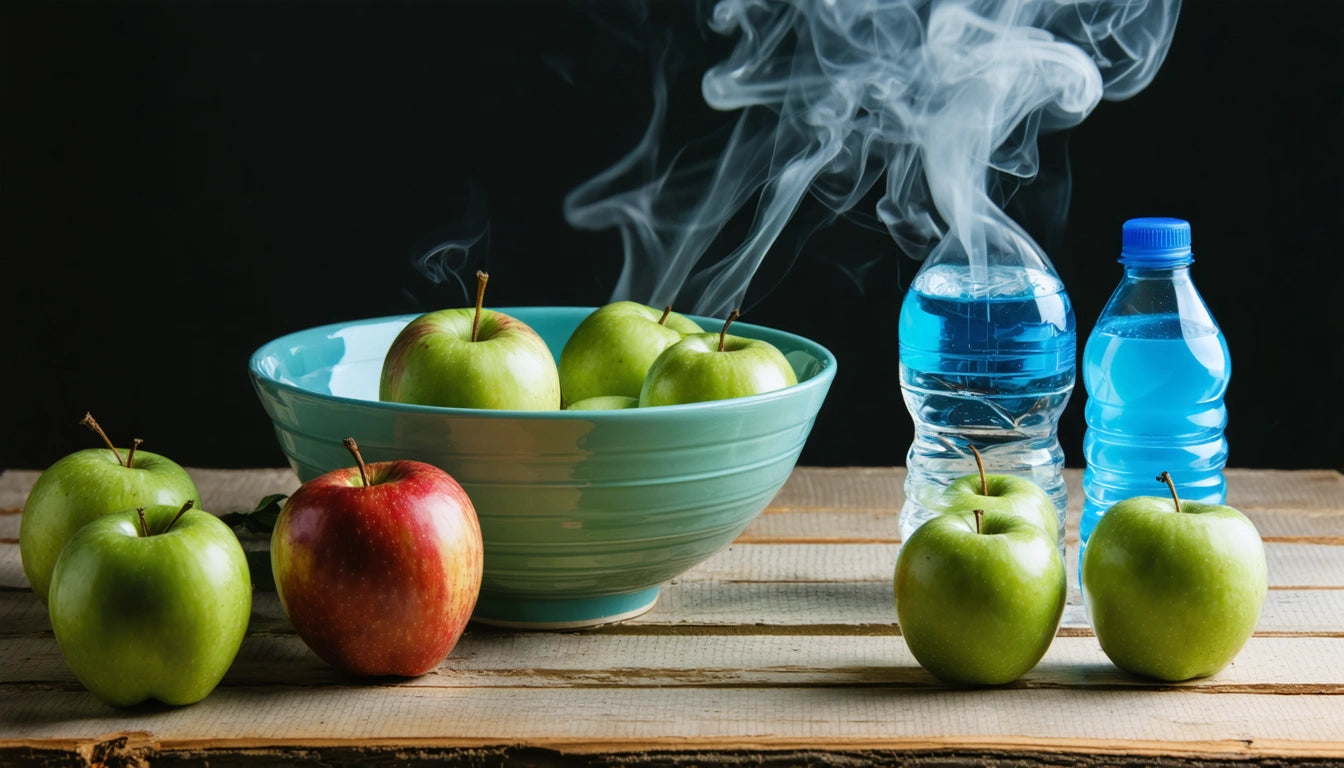Table of Contents
- Understanding VPD: The Foundation of Plant Climate Control
- Best VPD for Seedlings: Creating the Perfect Environment for Young Plants
- Best VPD for Veg: Optimizing the Vegetative Growth Phase
- Best VPD for Flowering: Maximizing Yields and Potency
- VPD Management Techniques and Equipment
- VPD Optimization Strategies for Commercial Growers
Optimal VPD Levels for Different Plant Growth Stages: Seedlings, Vegetative, and Flowering
Vapor Pressure Deficit (VPD) is a critical yet often overlooked parameter in cannabis cultivation that directly impacts plant health, growth rates, and final yields. Understanding the best VPD for seedlings, vegetative growth, and flowering stages allows growers to create ideal environmental conditions that maximize plant performance throughout the growth cycle.
Understanding VPD: The Foundation of Plant Climate Control
VPD measures the difference between the amount of moisture in the air and how much moisture the air can hold when saturated. This metric, typically measured in kilopascals (kPa), directly affects transpiration rates, nutrient uptake, and overall plant metabolism. Unlike relative humidity, which only tells part of the story, VPD provides a more comprehensive understanding of how plants interact with their environment.
The relationship between temperature and humidity creates the VPD value. As temperature increases, the air's capacity to hold water vapor also increases. This dynamic relationship means that maintaining optimal VPD requires adjusting both temperature and humidity in tandem, rather than managing them as separate parameters.
Best VPD for Seedlings: Creating the Perfect Environment for Young Plants
Seedlings and clones require higher humidity and lower VPD levels to thrive. The best VPD for seedlings typically ranges between 0.4-0.8 kPa. This lower VPD range creates a gentle environment that prevents excessive transpiration while young plants develop their root systems.
For cannabis seedlings specifically, maintaining temperatures around 20-24 °C (68-75 °F) with relative humidity between 65-75% will generally achieve the ideal VPD range. These conditions support the delicate balance seedlings need, preventing moisture stress while still allowing enough transpiration for healthy development.
When starting with quality genetics, proper VPD management becomes even more critical. As noted in this guide to cannabis seeds, premium genetics require optimal environmental conditions to express their full potential.
Best VPD for Veg: Optimizing the Vegetative Growth Phase
As plants enter the vegetative stage, they develop stronger root systems and can handle increased transpiration rates. The best VPD for veg phase typically falls between 0.8-1.2 kPa, encouraging robust growth while maintaining efficient water use.
During this stage, temperatures can be increased to 24-28 °C (75-82 °F) while gradually reducing relative humidity to 55-65%. This adjustment creates the ideal VPD range that promotes vigorous vegetative growth without putting undue stress on the plants.
The vegetative stage is when proper VPD management really begins to show its benefits. Plants grown in optimal VPD conditions during veg will develop stronger stems, broader leaves, and more compact internodal spacing, creating the foundation for successful flowering later.
Best VPD for Flowering: Maximizing Yields and Potency
The flowering stage demands different environmental conditions to maximize bud development and resin production. The best VPD for flowering typically ranges from 1.2-1.6 kPa, with some cultivators pushing slightly higher toward the end of flowering.
Temperature during flowering should be maintained between 24-26 °C (75-79 °F) with relative humidity gradually decreasing from 50% in early flowering to 40-45% during the final weeks. This controlled reduction in humidity helps prevent mold and mildew while encouraging resin production.
Proper packaging after harvest is equally important to preserve the quality achieved through optimal VPD management. Many commercial growers use specialized mylar bags for their harvested flower to maintain freshness and protect the carefully cultivated terpene profiles.
For premium flower strains, the benefits of proper VPD during flowering become even more apparent. As discussed in this guide to top flower strains, the distinctive characteristics of each variety are enhanced when grown under ideal VPD conditions.
VPD Management Techniques and Equipment
Essential Tools for VPD Monitoring
- Digital hygrometers with temperature sensors
- VPD charts or calculators
- Environmental controllers with VPD functions
- Data loggers for tracking environmental patterns
Humidity Control Methods
Maintaining optimal VPD requires precise humidity control. Humidifiers are essential during seedling stages, while dehumidifiers become increasingly important during flowering. For larger operations, integrated HVAC systems with humidity control capabilities provide the most consistent results.
Temperature management works hand-in-hand with humidity control. Many growers find that using separate day and night temperature settings helps maintain consistent VPD levels throughout the 24-hour cycle, even as ambient conditions change.
When implementing lighting strategies, it's important to consider how they affect VPD. As discussed in this guide on optimal PPFD levels, lighting intensity directly impacts leaf surface temperature, which in turn affects the VPD experienced by the plant.
VPD Optimization Strategies for Commercial Growers
Commercial cultivators can implement several strategies to maintain optimal VPD levels throughout their facilities:
Zone-Based Environmental Control
Dividing growing spaces into zones based on plant growth stages allows for targeted VPD management. This approach enables maintaining the best VPD for seedlings in one area while simultaneously providing the best VPD for flowering in another, maximizing efficiency across the entire operation.
Automated Systems and Data Analysis
Modern environmental controllers can automatically adjust temperature and humidity to maintain target VPD values. These systems, when combined with data logging and analysis, allow growers to identify optimal VPD ranges for specific genetics and continuously refine their environmental parameters.
For growers working with autoflower varieties, which move through their life cycle more quickly than photoperiod plants, responsive VPD management becomes even more critical. As noted in this guide to autoflower seed companies, these specialized genetics often benefit from slightly different VPD profiles than their photoperiod counterparts.
The science of VPD management continues to evolve as more research emerges on the specific needs of different cannabis varieties. Growers who master this aspect of environmental control position themselves for superior results in both quality and quantity of their harvests, regardless of whether they're working with feminized seeds or regular genetics.











Leave a comment
All comments are moderated before being published.
This site is protected by hCaptcha and the hCaptcha Privacy Policy and Terms of Service apply.